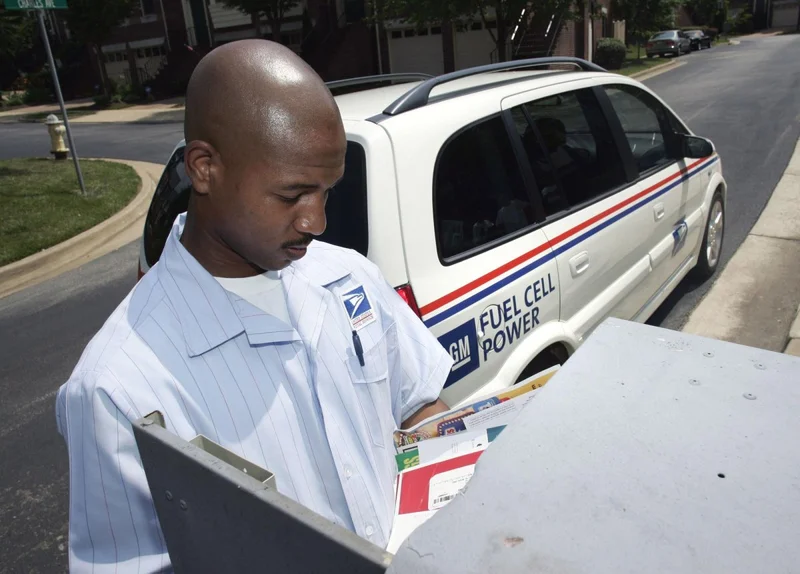USPS Financial Loss Reforms: What Happened and Why It Matters
[Generated Title]: USPS's $9 Billion Loss: Why It's a Stepping Stone to a Tech-Fueled Future
Okay, folks, let's talk about the USPS. Nine billion dollars. That's the net loss they're projecting for fiscal year 2025. I know, I know, headlines are screaming about doom and gloom. But me? I see something else entirely: an opportunity. A chance to reinvent a vital institution for the 21st century, powered by technology and a bold vision. I think we need to see this not as a failure, but as a necessary, albeit painful, step toward a truly modern postal service.
The Postal Service is like a giant ship turning in a very small canal—it takes time, it’s cumbersome, and there’s a real risk of scraping the sides. And yes, the numbers are stark. A $9 billion loss, fewer pieces of mail delivered (3.7 billion fewer, to be exact), and the constant pressure to cut costs. But look closer. Revenue increased by over 1%, even with the volume drop. They're raising prices, sure, but they're also investing in infrastructure, like electric vehicles, thanks to those Inflation Reduction Act funds. And that's where the real story begins.
The Algorithm is the Answer
The key here, the big idea, is leveraging technology to transform the USPS from a legacy mail carrier into a logistics powerhouse. Think of it: a nationwide network already in place, reaching every address in America. Now, imagine that network infused with cutting-edge AI, optimized delivery routes, and a fleet of autonomous vehicles. That $9 billion loss? It's the price of admission to this new reality. The price of progress.
Postmaster General David Steiner gets it. He's talking about capturing a greater share of the e-commerce industry. He sees the potential. And while some are urging the USPS to slow down its reform plans, I say floor it! The Postal Regulatory Commission warned of slowed delivery times, but sometimes you have to disrupt to innovate. You have to break a few eggs to make an omelet, right?

One of the biggest challenges is the regulatory environment. The USPS is essentially tied to investing its pension funds in low-risk Treasury bonds. That's like tying an Olympic sprinter's legs together and expecting them to win gold. They need the flexibility to invest in technology, in infrastructure, in the future. They need to be able to borrow more money, as Board Chairwoman Amber McReynolds rightly points out. The $15 billion borrowing limit hasn't changed since 1991! It's time for an update. According to recent reports, the USPS sees $9 billion net loss in FY 2025, renews push to borrow more from Treasury.
And let's not forget the human element. Steiner mentioned offering early retirement incentives to over 10,000 employees. That's a significant shift in personnel, which can be unsettling. But it also creates opportunities to bring in new talent, people with the skills and vision to drive this transformation. As Stroman, a member of the board, said service performance improvements are “setting a strong foundation” for USPS heading into its peak season.
This is the kind of breakthrough that reminds me why I got into this field in the first place.
What does this all mean for us, the consumers? Faster, more reliable deliveries. More competitive shipping rates. And a postal service that's actually relevant in the digital age. Imagine a future where your mail is delivered by drone, your packages are tracked in real-time, and the USPS is a seamless part of the e-commerce ecosystem.
Of course, with all this technological advancement comes responsibility. We need to ensure that these new systems are fair, equitable, and secure. We need to protect privacy and prevent bias in algorithms. But I believe we can do it. We have the ingenuity, the resources, and the will to create a better future for the USPS and for all Americans.
A Phoenix From the Ashes
The USPS's current financial woes aren't a sign of failure; they're a sign of change. They're a catalyst for innovation. This is our chance to build a truly modern, tech-powered postal service that serves the needs of the 21st century. Let's seize it!
